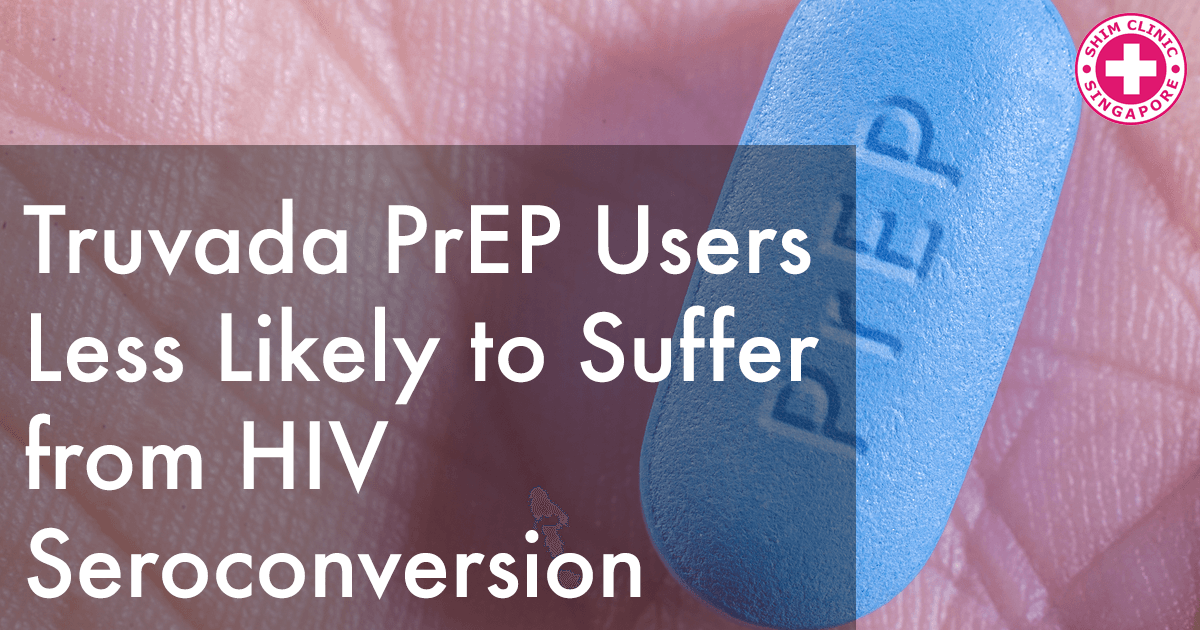New HIV infections among people taking Truvada for pre-exposure prophylaxis (PrEP) on a daily occasion occurred at a low rate of about 1 per 100 person. These rates were revealed by a study that analyzed more than 30 studies. The findings were then presented at the ASM Microbe 2016 conference held in Boston.
Previous studies have revealed that Truvada decreases the risk of HIV infection by more than 90% especially when used consistently. One trial, the iPrEx trial, everyone who took Truvada at least four times per week never became infected. Further studies show that people who do not take Truvada regularly are at higher risk of acquiring new HIV infections.
PrEP is a treatment for those at high risk of being infected with HIV based on their career or lifestyle. PrEP can be prescribed by a STD clinic in Singapore like Shim Clinic and has to be taken everyday. The protection against HIV provided by PrEP will reach it’s highest levels when taken for at least 7 days. Another protection treatment method is HIV PEP – a treatment for those who suspect they have been exposed to the virus within the last 72 hours. HIV PEP prevents infection from happening if applied within the window period.
In this study, researchers Scott McCallister and colleagues from the Gilead Sciences analyzed HIV seroconversion rates as recorded in various studies involving PrEP use in varied populations and compared them to rates in clinical trials.
The researchers’ analysis involved 8478 participants who were given a daily open-label dose of Truvada PrEP in 32 studies and projects conducted in 16 countries. 19 of the studies were done in North America, 9 in Africa, 3 in Europe, 2 in Asia, 2 in Australia, and 2 in South America. 28 of the studies included men having sex with men (MSM) and 23 involved transgender women, while 12 studies involved heterosexual women, 5 had heterosexual men, 6 had serodiscordant couples and 1 had adolescents. Only two of the studies were done after July 2012 when US FDA approved Truvada for PrEP.
Few Seroconversions Observed
The studies involved 7002 men, 1378 women, and 76 transgenders in total. Only 67 of the patients in the study became HIV positive. Out of these, 64 of them were gay men, 2 were non-trans heterosexual women and 1 transgender woman. This resulted in seroconversion rates of 1.03, 0.25 and 2.07 per 100 person-year, respectively.
The average age of those who seroconverted was 25 years. A study involving young gay and bi men aged between 18-25 years had the highest seroconversion rate of 7.7 per 100 person-years. From the 67 cases of seroconversions, 6 occurred during the post-treatment phase of the projects. This is when participants were not taking Truvada anymore.
25 of the seroconverters were black, 14 were white, 23 were of mixed race, 4 were not categorized while one was Asian. The US had the largest number of new infections at 29, Peru had 18 while the rest of the countries included in the study had 5 or fewer new infections.
No New Infections in Some of the Projects
17 of the projects being analyzed with a total of 2467 participants saw no new infections. Nine projects with 4230 had seroconversion rates of 0.1 to 1.5 per 100 person-years. 6 six projects with 1781 participants had rates above 1.5 per 100 person-years.
This 0.95 per 100 person-years overall seroconversion rate of observed in the studies and projects being analyzed compared favorably with rates in clinical trials that were controlled whose rates range between 0.9 and 1.2 per 100 person-years.
The researchers observed that the low seroconversion rate of 0.25 per 100 person-years among the women in the study was very encouraging. They concluded that the available data demonstrated very low or undetectable tenofovir diphosphate levels in nearly all of those who seroconverted.
In conclusion, the findings of this analysis are encouraging and caregivers should motivate patients at risk of contracting HIV to use Truvada consistently, in addition to other prevention methods like the usage of condoms, sticking to a single sexual partner or even abstinence, to avoid seroconversion. For anyone who are experiencing any of the symptoms of HIV like swollen lymph nodes or sores in the anus, they should go for HIV testing as soon as possible, and at the same time, ask to be STD tested to check for other infections.

